Understanding the Disconnect in Advertising Recruitment
The advertising industry is navigating a complex hiring landscape fueled by a combination of artificial intelligence (AI) screenings, shrinking budgets, agency consolidations, and widespread burnout. Despite a growing pool of skilled candidates, many professionals find it increasingly difficult to secure positions in a sector traditionally seen as creative and vibrant.
As companies tighten their marketing expenditures and restructure their operations, job seekers are left questioning the widening gap between open roles and qualified applicants. This disconnect is not just about a lack of jobs, but rather a transformation in how hiring is conducted and what it means to work in advertising today.
The Rise of AI in Recruitment
One of the most significant shifts in hiring practices is the growing reliance on AI-driven screening tools. These systems, designed to streamline the recruitment process, often filter out candidates before a human recruiter ever sees their application. While efficient, these automated tools can unintentionally dismiss highly capable individuals due to rigid keyword matching and algorithmic biases.
Job seekers now find themselves optimizing resumes not just for humans, but for machines. This has led to a new form of personal branding, where applicants market themselves like products—carefully curating online portfolios, social media profiles, and tailored content to appeal to both AI and human recruiters.
Budget Cuts and Agency Consolidation
Simultaneously, the industry is undergoing financial tightening. Marketing budgets are under increased scrutiny, with many companies reallocating funds toward performance metrics and data-driven strategies. This shift has led to agency consolidations, where fewer agencies manage more accounts with leaner teams.
As a result, hiring slows down not due to a lack of talent but due to a lack of resources. Agencies are less inclined to onboard new staff when existing teams are expected to do more with less. This consolidation trend has also sparked internal restructuring, with mid-level roles being eliminated or merged, making it harder for professionals to navigate career advancement.
The Burnout Epidemic
Another critical factor contributing to the hiring disconnect is burnout. The fast-paced, high-pressure environment of advertising has long been a breeding ground for mental fatigue. However, the pandemic amplified these issues, leaving many industry professionals reevaluating their work-life balance and long-term career goals.
Burnout has led to an exodus of seasoned professionals, many of whom are choosing freelance work, career changes, or early retirement over returning to the traditional agency model. This mass departure creates a talent vacuum, yet hiring remains sluggish due to the aforementioned challenges.
Youth and the Changing Job Hunt
For younger professionals entering the field, the path to employment looks starkly different than it did a decade ago. With limited entry-level positions and fierce competition, many are turning to unconventional methods to stand out. From TikTok resumes to personal branding on LinkedIn, Gen Z and millennials are reinventing how they present themselves to potential employers.
This trend reflects a broader shift in advertising itself—toward storytelling, authenticity, and digital fluency. Young job seekers are now expected to be creators and strategists, often before they’ve secured their first job. While this evolution aligns with industry needs, it also raises concerns about accessibility and equity in hiring practices.
Redefining Success in Advertising Careers
With all these changes, the definition of a successful career in advertising is evolving. Traditional milestones like agency promotions or long-term client accounts are being replaced by freelance portfolios, side hustles, and entrepreneurial ventures. The gig economy, remote work, and digital platforms have opened up new avenues for creative professionals to showcase their skills independently.
While the industry grapples with internal challenges, individuals are creating their own paths. This self-driven model may not offer the stability of traditional employment, but it reflects the adaptability and resilience of a new generation of advertisers.
Looking Ahead
The current hiring disconnect in advertising is not merely a symptom of economic downturns or technological disruption. It is the result of a fundamental shift in how the industry operates, who it serves, and what it values. Companies and job seekers alike must adapt to this new reality—one that demands flexibility, innovation, and a deeper understanding of the human side of work.
As AI continues to shape hiring systems, and as burnout reshapes career expectations, the advertising industry faces a pivotal moment. Bridging the gap between talent and opportunity will require intentional change—from employers, recruiters, and candidates alike.
This article is inspired by content from Bizcommunity. It has been rephrased for originality. Images are credited to the original source.

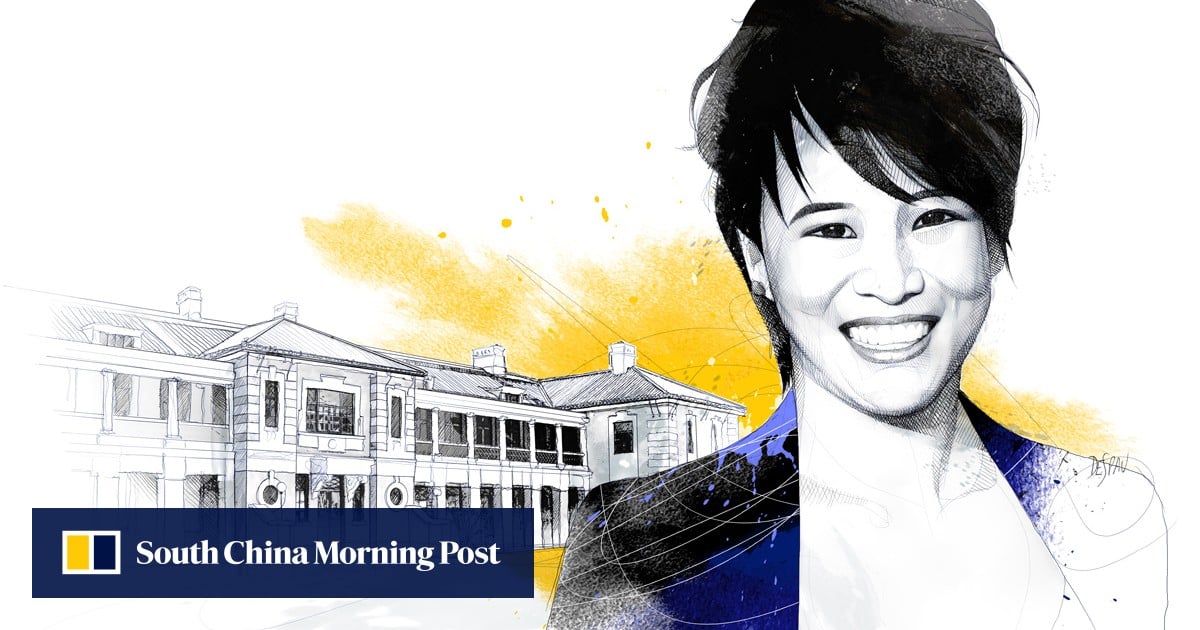
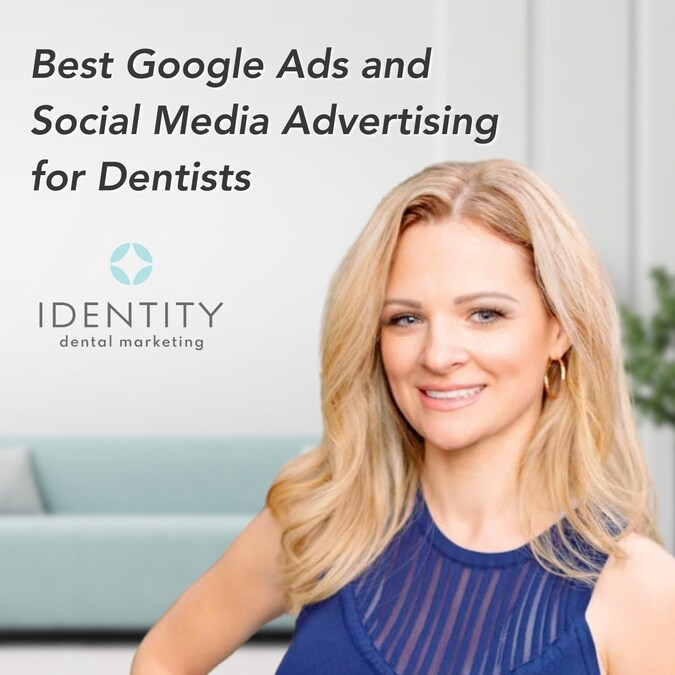

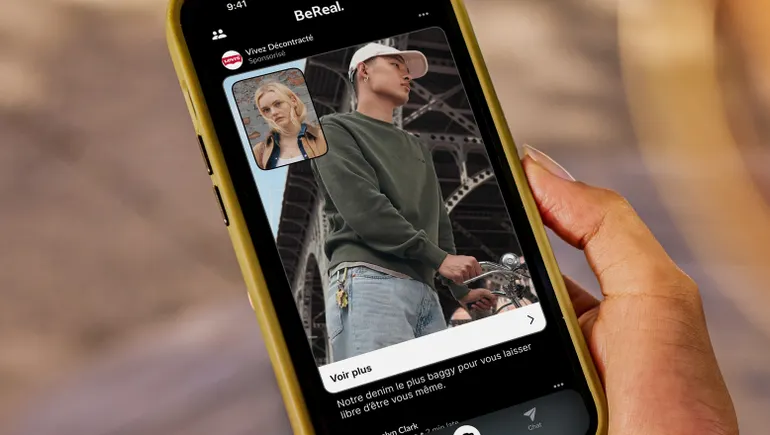
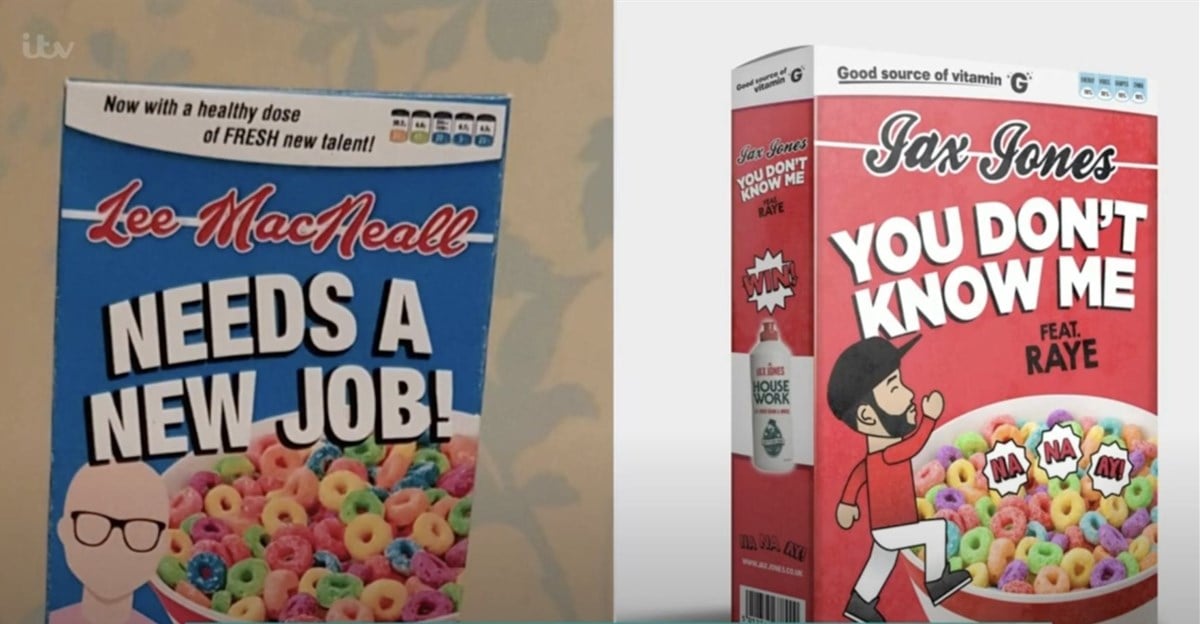




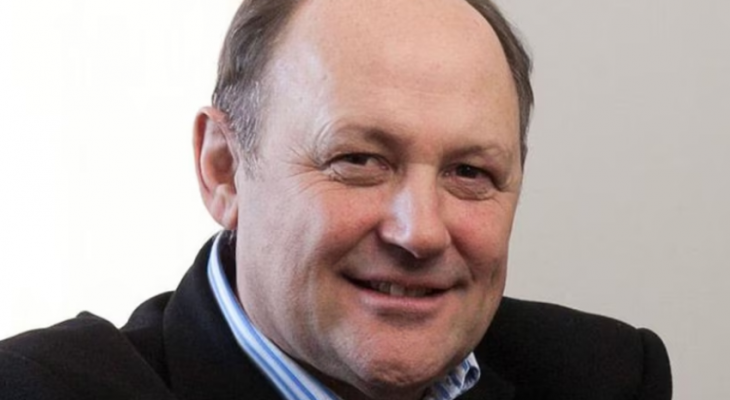

Leave a Reply